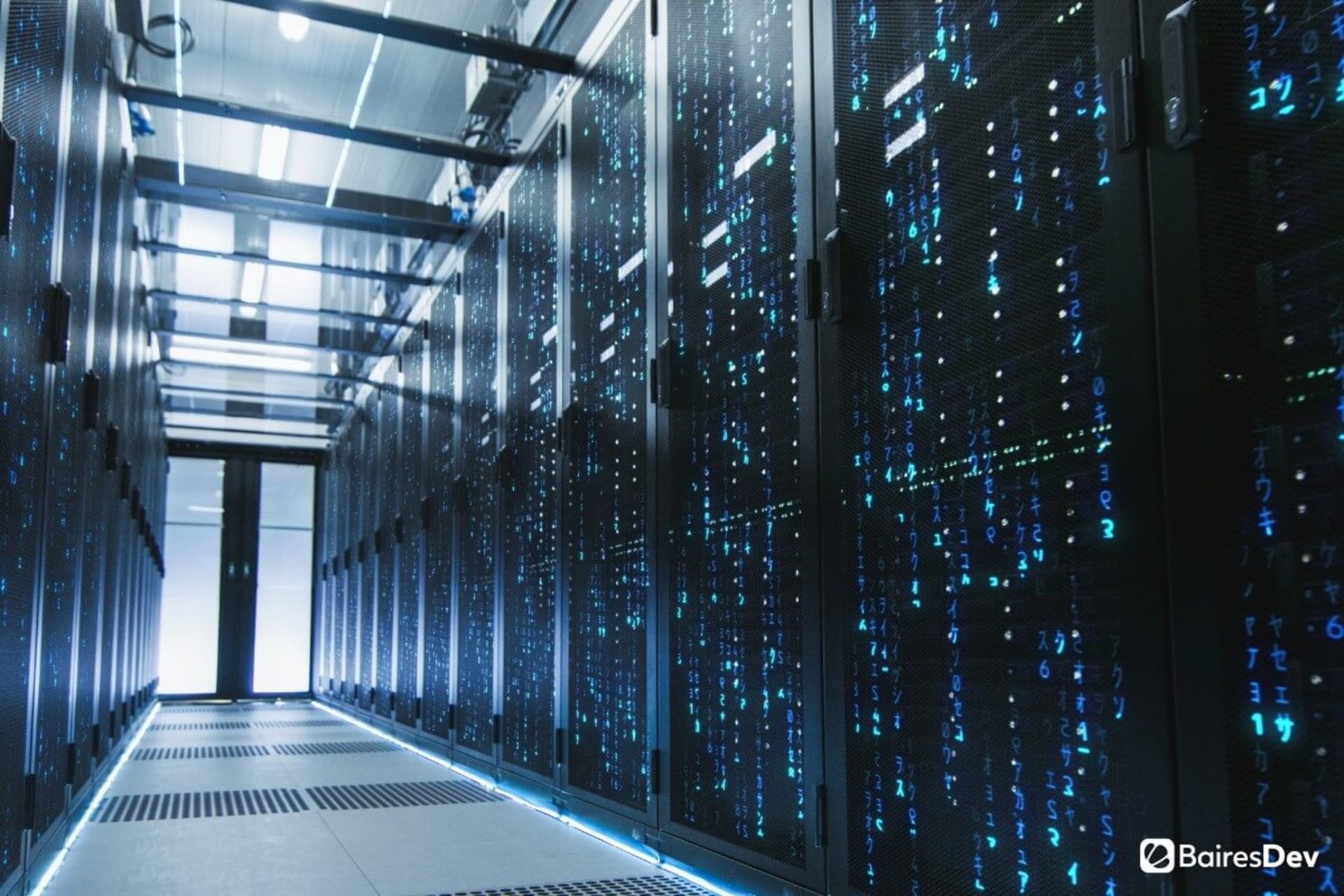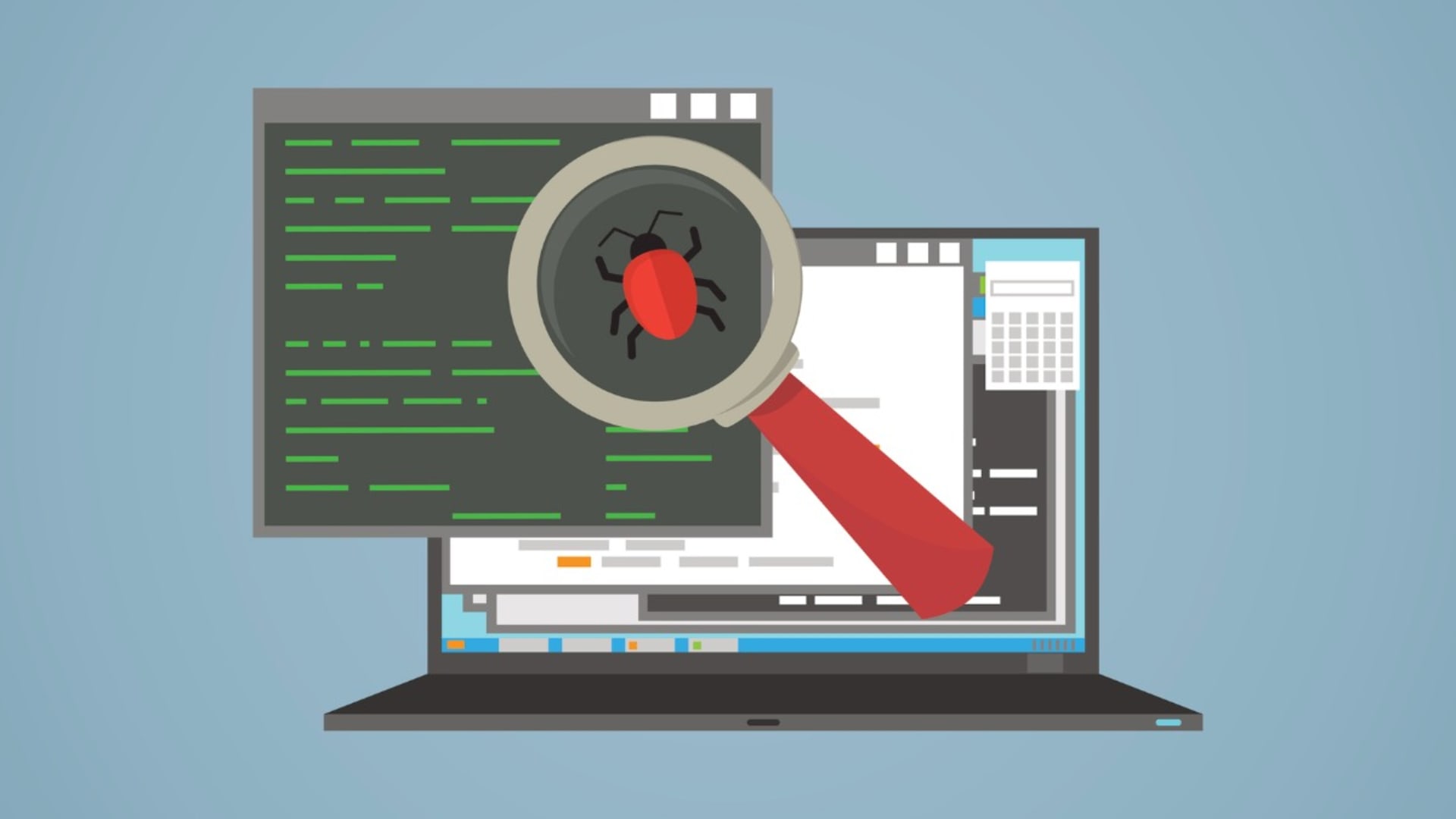As companies discover the benefits of cloud computing — including cost savings, security, and flexibility — they’re finding ways to leverage it for important storage, analysis, and development tasks. Given this shift, logic would dictate that businesses benefitting from cloud services move all of their operations to the cloud. Yet, that’s not what’s happening.
Organizations are keeping some of their operations within in-house or colocation data centers and relying on them to provide the power they need for those tasks. Here we examine several factors contributing to this phenomenon.
Foundational Software
Companies that have relied on certain applications for many years don’t want to take a chance with a new cloud-based equivalent. For example, virtually all enterprise resource planning (ERP) software vendors offer a cloud-based version of their system. Businesses that have relied on these trusty programs for decades see no reason to make the switch and this decision has merits, particularly in the competitive advantage of truly reliable systems.
Intellectual Property
Another reason to keep operations within an on-premise or colocation data center is the protection of intellectual property (IP). Businesses with proprietary code that offers a competitive advantage often don’t want to risk a security breach by moving their data to the cloud. Rather, they prefer to maintain that data in a location that is 100% under their control.
To be certain their IP is protected, it’s not enough to store data in a safe location. Businesses must also follow data center security guidelines, including those listed here:
- Physical security measures. Though the data is electronic, it’s housed within physical systems that must be protected. Methods include the use of reinforced concrete structures, secure server cabinets and cages, security cameras and security personnel, storing data in multiple locations, and allowing people on-premise on a need-to-be-there-only basis. The following video describes how Google uses these methods and others to keep customer data safe:
- Location considerations. Companies setting up a new data center should be aware of location considerations such as how populated the area is (both low and high population areas are beneficial for different reasons), the likely weather in the area, and building construction.
- Virtual access restrictions. Businesses should adopt a strong perimeter-based monitoring policy and a Zero Trust model for data access. The Zero Trust approach requires every person accessing the data to verify who they are every time they perform an action, protecting data from both internal and external threats.
End of Life Events
When a server operating system is no longer supported, many companies are faced with the choice of continuing with it and finding alternative methods for supporting it, starting up with a new OS or moving to the cloud. Some organizations may benefit from a hybrid approach, such as one that involves moving servers to the cloud but also investing in new on-premise servers to provide failover capability.
Testing
Organizations that want to innovate can use cloud-based computing or colocation data centers to do it. By keeping mission-critical applications in house, replicating them in the cloud, and using the cloud version as a “sandbox” area in which to test new ideas, companies get the best of both worlds: A safe environment in which to run critical programs and a separate environment in which to test improvements without risking problems that could affect system functioning.
Keeping Options Open
Companies considering the question, “Data center or cloud?” should know it doesn’t have to be one or the other. Hybrid computing, which involves having some processes within a data center and others in the cloud, is becoming a popular option.
This approach offers businesses a high level of flexibility. When starting a new project, IT leaders can determine which method will work better and be able to start immediately. Here are some more specific considerations for cloud and data center use:
- According to a recent CIO article, “If you want to reduce the time it takes your services to reach end users, you want to place your workloads as close to them as possible…. Colocation data centers…will likely have locations in valuable markets as well as direct access to high-speed fiber.”
- Cloud providers frequently leverage colocation data centers, so data center clients may be able to take advantage of connected cloud services that bypass the public internet, speeding up workloads considerably.
- Particularly sensitive data can still be housed in a data center. This ability is important because, according to Help Net Security, “if your company has specific security requirements, housing sensitive data in the public cloud will limit your control over authorization, authentication, and access control.”
Colocation
Many businesses use colocation data centers specifically to avoid the issue of managing large amounts of hardware. Unlike with cloud services, however, these operations must manage their own environments from afar. The following trends are prompting companies to choose colocation over on-premise data centers.
- Hyperscale. The need for ever-increasing amounts of data traffic is driving the demand for continued data center use, specifically colocation data centers, which are hosted off-premise by a vendor.
- Edge computing. Edge computing, in which functions are performed closer to the data source, is another influence for data centers as the number of Internet of Things (IoT) devices quickly increases, driving this need.
- 5G. The rise of the IoT and edge computing is being supported by emerging 5G technology, which will become more widely available in 2022.
Data Centers Are Here to Stay
While some companies, for various reasons, might choose to move all or most of their operations to the cloud, the influences listed here are pushing others to adopt more of a hybrid approach.
To determine the right mix, companies should carefully consider their future plans, current needs, and practical considerations, as well as how to end up with the products and services customers most want and need.









